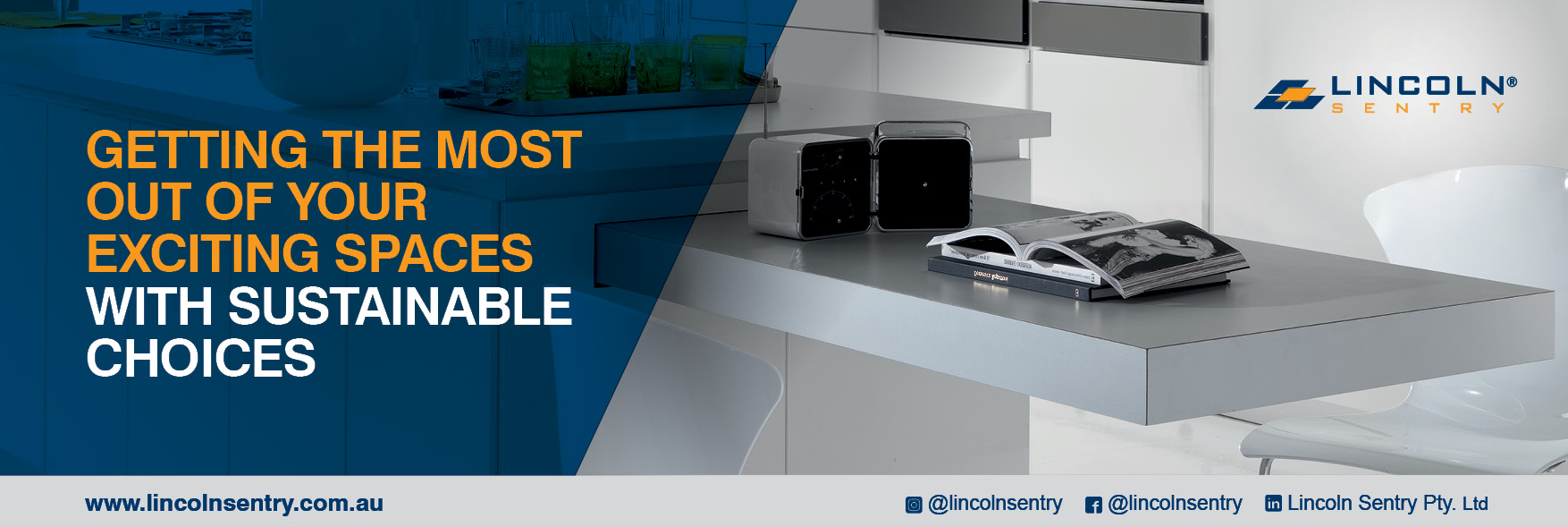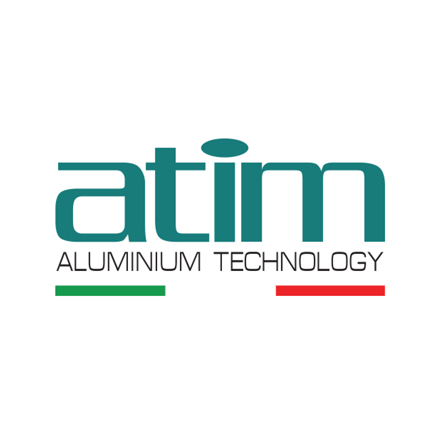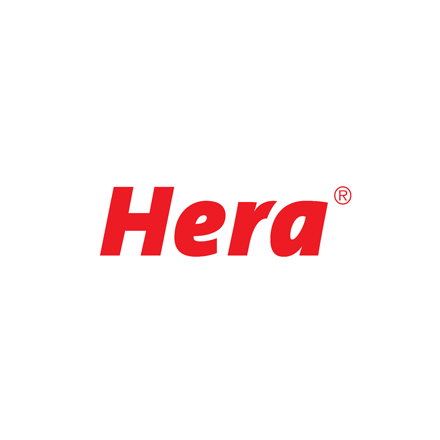With the cost of energy, interest rates and living expenses all rising significantly, sustainability has shifted up a level to now be even more front-of-mind and a ‘necessity’ when it comes to new build and renovation designs.
Not only have the benefits of sustainability fast become highly attractive to homeowners, there’s also something fundamentally responsible and honest about being environmentally conscious of the choices we make.
Due largely to the demands of engaged consumers, the construction industry is a key enabler when it comes to delivering sustainable building designs that maximise space efficiency, energy savings and waste reduction. Some clever way to maximise space efficiency include using:
- open spaces that maximise the use of daylight in the interiors.
- spaces that are designed and zoned in a way that helps to improve heating and cooling efficiency and conserve energy.
- folding furniture to maximise the usable area.

Space efficiency
Italian-made Atim’s innovative furniture solutions deliver a wide range of clever space saving products. Like the Lunch pull-out table which resides in a space typically used for a drawer, when not in use. The patented aluminium system integrates all parts, has a 60kg load capacity, and is available in various sizes (in table lengths of up to 1540 mm).
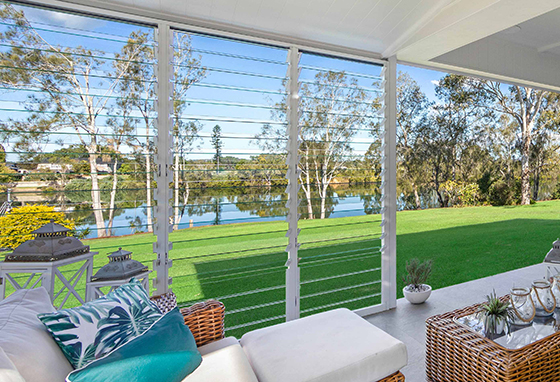
Natural Ventilation with Breezway® Louvre Windows
Natural ventilation is important for any indoor environment. It helps keep the air we breathe clean and fresh while maintaining a connection to the outdoors.
Louvre windows are an environmentally sustainable solution to ventilate your home, and can seal tight to offer protection from the elements.
The unique design of a Breezway Altair® Louvre Window opens twice as wide as other window types to offer maximum ventilation to a living or working space.
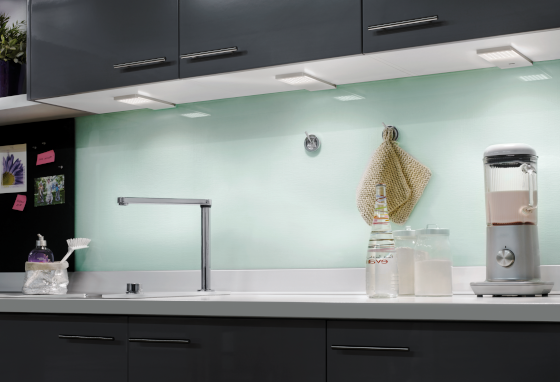
Lighting
Think of lighting in the same way we think of energy ratings on a new appliance. As display lighting becomes more and more popular in residential settings, use of LED lighting options such as Hera’s flexible LED tape, become important considerations.
A good quality LED bulb can use 75 percent less energy than halogen light bulbs and last 5 to 10 times longer. Best of all, the light distribution from LEDs sees it focused on one direction, compared to other lighting types which waste energy by emitting light in all directions – often to spaces where light isn’t needed, such as the ceiling. Drawing much less power than traditional light - a typical 84-watt fluorescent can be replaced by a 36-watt LED to offer the same level of light.
Waste reduction
There’s no denying a new build or renovation project generates plenty of packaging waste to manage which can be an expensive exercise. In our role as a distributor, we don’t want to add to this unnecessarily. As such, we are continually working with suppliers to use packaging options that are more sustainable and still adequately protect products in transit.
